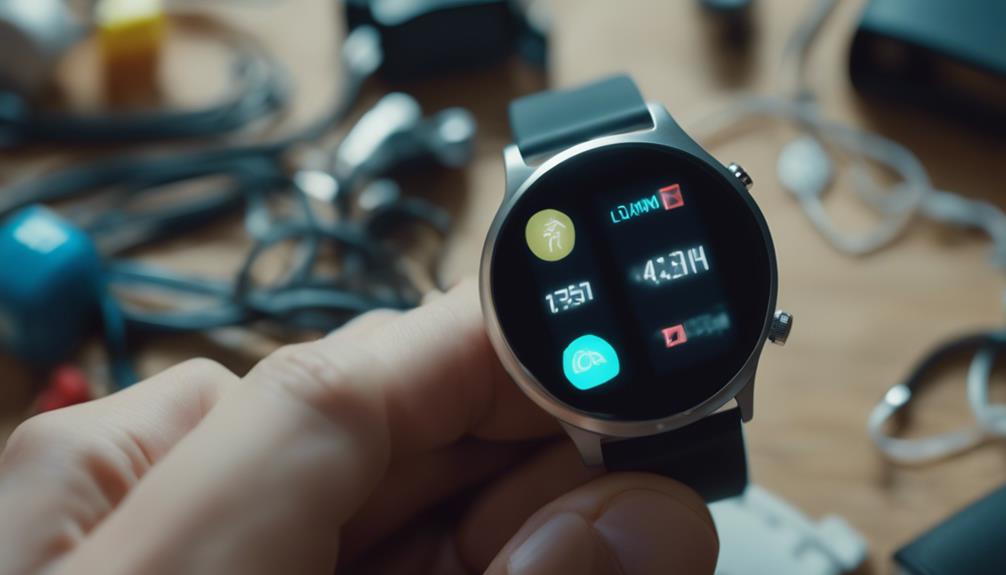In an age where technology is rapidly evolving, science gadgets have become an integral part of our daily lives. They not only simplify complex tasks but also enhance our understanding of scientific principles in fun and engaging ways. This article explores some of the coolest science gadgets available, their applications, and how they contribute to education and innovation.
Understanding Science Gadgets
Science gadgets encompass a wide range of devices and tools designed to demonstrate scientific principles, aid in experiments, or provide educational insights. These gadgets can be found in classrooms, laboratories, and even in our homes. They appeal to learners of all ages, making science accessible and enjoyable.Car Tech GadgetsGadget Game
The Importance of Science Gadgets in Education
Science gadgets play a crucial role in education by:
- Enhancing Engagement: Interactive devices capture students’ attention and make learning more appealing.
- Encouraging Hands-On Learning: Gadgets allow students to conduct experiments and observe outcomes firsthand.
- Visualizing Concepts: Many gadgets help visualize complex scientific concepts, making them easier to grasp.
- Fostering Creativity: Innovative tools encourage students to think creatively and explore new ideas.
Popular Cool Science Gadgets
Here are some of the coolest science gadgets that have gained popularity among enthusiasts and educators alike:
1. Raspberry Pi
The Raspberry Pi is a small, affordable computer that can be used for various projects, from creating a simple web server to building a complex robot. Its versatility makes it a favorite among educators and hobbyists.
- Educational Use: Schools use Raspberry Pi for teaching coding, electronics, and computer science.
- Projects: Users create everything from weather stations to home automation systems.
2. Arduino
Arduino boards are microcontrollers that allow users to create interactive electronic projects. They are particularly popular in robotics and DIY electronics.
- Learning Tool: Arduino teaches programming and electronics through hands-on projects.
- Community Support: A vast community provides resources, tutorials, and project ideas.
3. 3D Printers
3D printers have revolutionized prototyping and manufacturing. They allow users to create three-dimensional objects from digital designs.
- Applications: Used in engineering, architecture, and even medicine for creating prosthetics.
- Educational Benefits: Facilitate learning in design, engineering, and innovation.
4. Digital Microscopes
Digital microscopes are powerful tools that allow users to explore the microscopic world. They can connect to computers and provide high-resolution images.
- Interactive Learning: Students can observe cells, bacteria, and other micro-organisms in real time.
- Research Applications: Useful in laboratories for analyzing samples.
5. Smart Weather Stations
Smart weather stations collect data on temperature, humidity, wind speed, and more. They provide real-time information and can be connected to smartphones for easy access.
- Educational Use: Teach students about meteorology and climate science.
- Community Engagement: Schools can participate in local weather monitoring projects.
Case Studies: Success Stories of Science Gadgets in Education
Several educational institutions have successfully integrated science gadgets into their curricula, leading to enhanced learning experiences.
1. STEM Labs in High Schools
Many high schools have established STEM (Science, Technology, Engineering, and Mathematics) labs equipped with tools like Raspberry Pi, Arduino, and 3D printers. These labs have:
- Increased Student Interest: Enrollment in science and technology courses has risen significantly.
- Enhanced Project-Based Learning: Students engage in hands-on projects, promoting critical thinking and collaboration.
2. University Research Initiatives
Universities are utilizing advanced gadgets for research purposes. For instance, digital microscopes have been used in biological research to study cellular structures, leading to breakthroughs in understanding diseases.
The Future of Science Gadgets
The future of science gadgets looks promising, with advancements in technology paving the way for even more innovative tools. Key trends include:
- Augmented Reality (AR): AR gadgets can provide immersive learning experiences by overlaying digital information onto the real world.
- Artificial Intelligence (AI): AI-powered tools can personalize learning experiences and assist in data analysis.
- Wearable Technology: Smartwatches and health monitors are becoming essential in scientific research and health education.
Conclusion
Cool science gadgets have transformed the way we learn and engage with scientific concepts. From Raspberry Pi to digital microscopes, these tools enhance education, foster creativity, and encourage exploration. As technology continues to evolve, we can expect even more exciting developments in the world of science gadgets, making learning more interactive and enjoyable. By embracing these innovations, educators and students alike can unlock new possibilities and inspire the next generation of scientists and engineers.
In summary, the integration of cool science gadgets in education not only makes learning fun but also equips students with the skills they need for the future. As we look ahead, it’s clear that these tools will play a vital role in shaping the scientific minds of tomorrow.
